

























Duxford Air Festival 2019
By Juri Keyter

Supermarine Spitfire Mk 1A N3200 - A genuine Dunkirk veteran
Although the Spitfire was the closing act at this year's Air Festival at the impressive Imperial War Museum in Duxford, it was also the reason we were all at this air show and probably why most of you are reading this report.
Whenever you hear the name “Duxford”, a Spitfire is the first thing that come to mind. Unlike the annual “Flying Legends” Air Show at Duxford, where you can expect to see 14 Spitfires in the air at the same time, this event is dedicated to a much wider variety and era of aviation only featured one Spitfire. The organisers kept the best for last, especially in this case where it is a genuine Dunkirk veteran. This Spitfire (N3200), built in 1939 and based at 19 SQN in Duxford, was hit during the evacuation of Dunkirk. Sea and sand covered the wreck and it was discovered again only in 1986. It took 28 years before this restoration was finally completed and this aircraft returned to the sky in 2014. During the display the commentators remained quiet, the spectators did not say a word and all you could hear was the 1,030hp Rolls-Royce Merlin effortlessly chattering through the sky. What a spectacle!!!

Supermarine Spitfire Mk 1A - In a victory roll
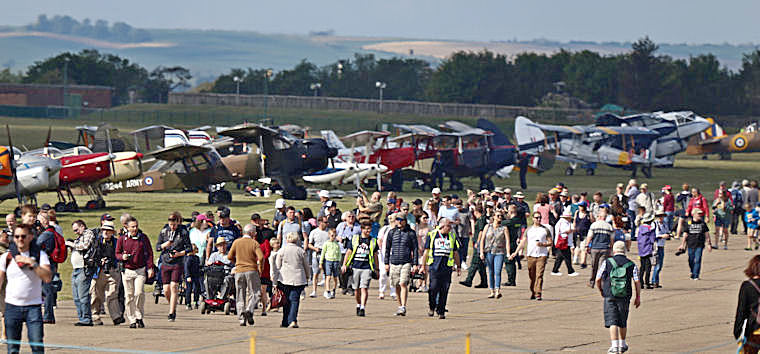
Air show visitors roaming the flight-line


BAE Systems Typhoon FGR4


Tiger 9 Team flying - de Haviland DH82A Tiger Month
If you didn't know where the name “Blade Slapper” came from, you would now know if you attended this air show. The rhythm of the Boeing Chinook's 2 Textron Lycoming T55 turboshaft engine and massive counter-rotating rotors rattle your bones.

Boeing Chinook from 27 SQN, RAF Odiham
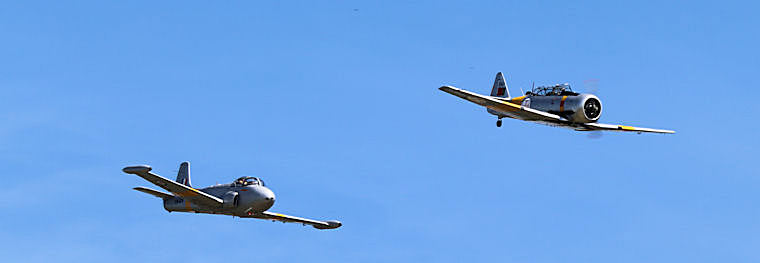
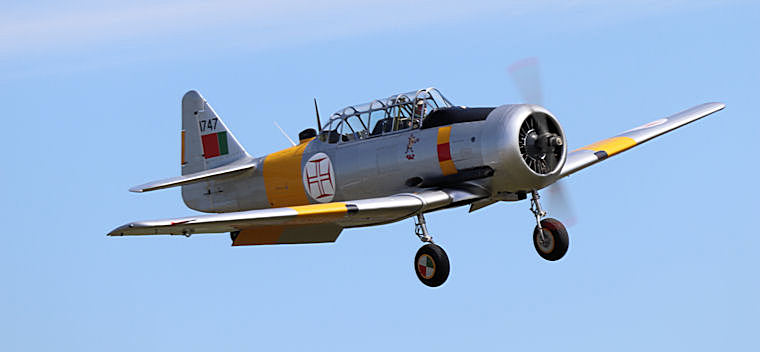
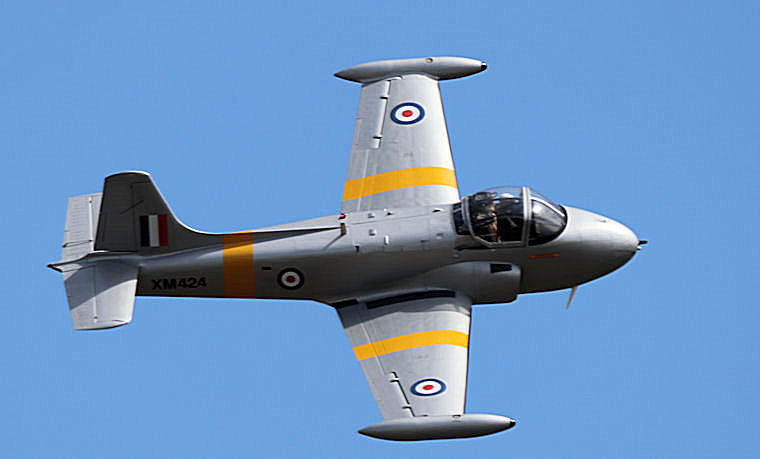
Jet Provost T3 and Harvard Duo
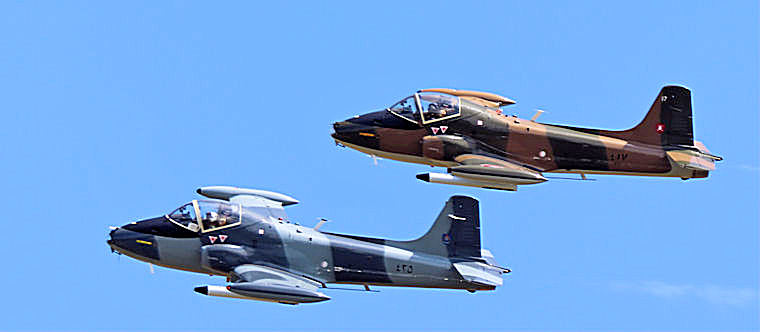

British Aircraft Corporation (BAC) 167 Strikemaster
Various historic army aircraft performed on the day including an Auster AOP.9, a de Haviland Beaver, an Augusta Bell Sioux helicopter and a Westland Scout helicopter.


Auster AOP.9 & a de Haviland Canada DHC-2 Beaver
Pyrotechnics, smoke and cannon fire pretty much describe the AgustaWestland Apache attack helicopter display.

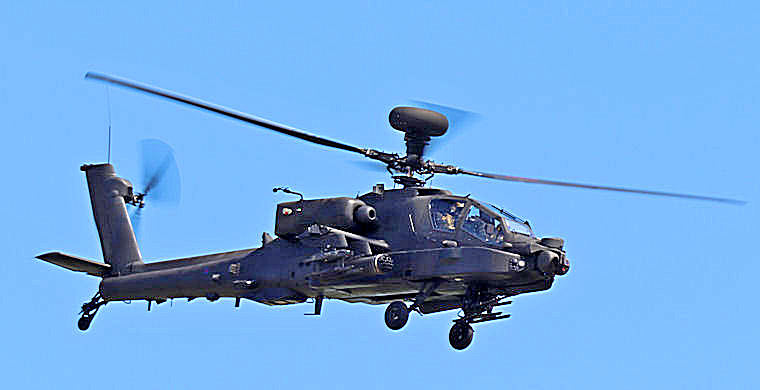
AgustaWestland Apache AH Mk1 attack helicopter
American manufactured aircraft also featured at the show including a Catalina, a B-17 Flying Fortress, a Republic P-47D Thunderbolt, a North American TF-51D Mustang and 2 Boeing Stearman Wingwalker biplanes giving us a feel of 1930s barnstorming.

Consolidated PBY-5A Catalina

Boeing B-17 Flying Fortress
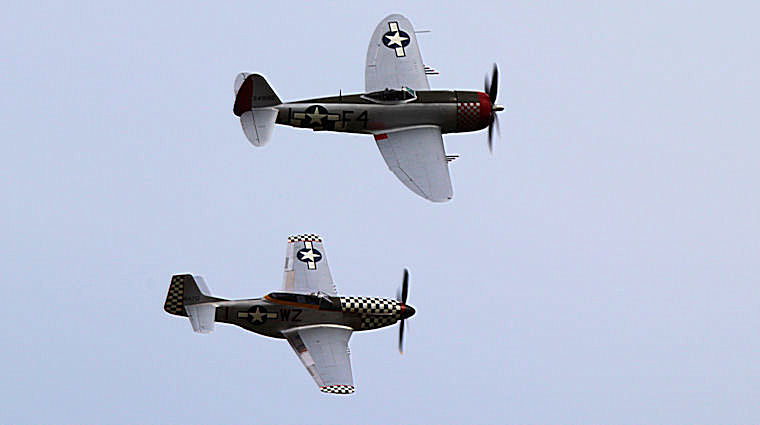
P-47D Thunderbolt in formation with a TF-51D Mustang

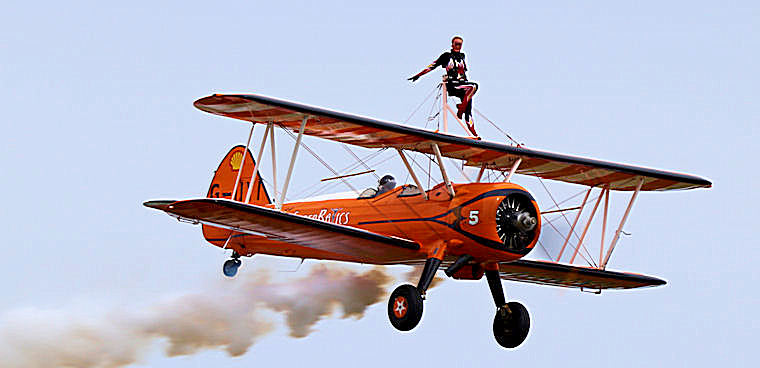
Boeing PT-17 Stearman Wingwalkers

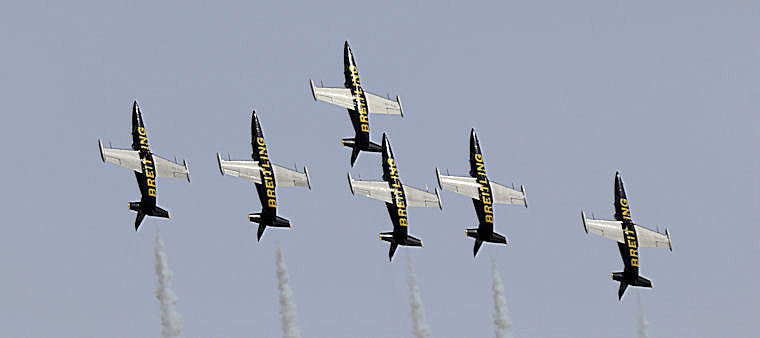
Breitling Jet Team - Aero L-39 Albatros formation

First British disabled display team - Piper PA-28
 |
 |
 Copyright © 2024 Pilot's Post PTY Ltd
The information, views and opinions by the authors contributing to Pilot’s Post are not necessarily those of the editor or other writers at Pilot’s Post.
Copyright © 2024 Pilot's Post PTY Ltd
The information, views and opinions by the authors contributing to Pilot’s Post are not necessarily those of the editor or other writers at Pilot’s Post.